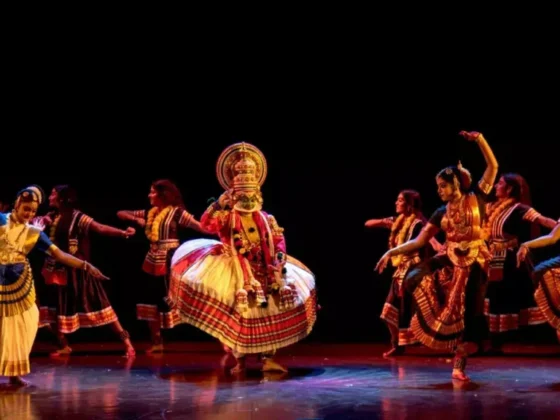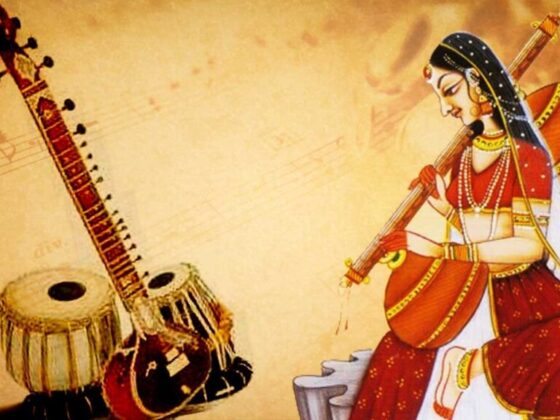The Marwar-Rathore Dynasty’s Survival
When India gained independence from Britain, many of the richest Indian Royal Family faded into obscurity. However, some, such as the Marwar-Rathore dynasty, survived and thrived. Faiza Elmasry explores how their descendants turned ancestral properties into modern business ventures.
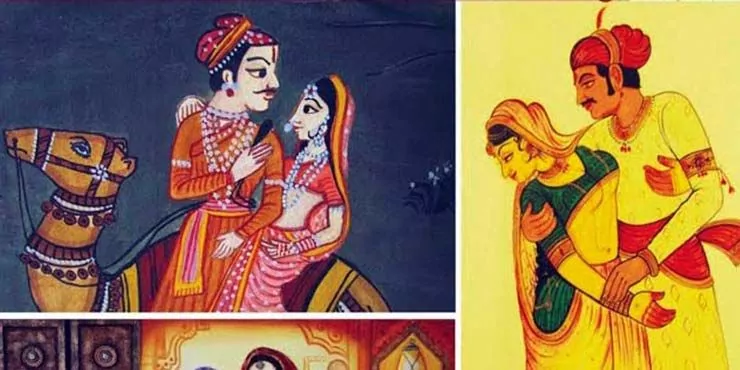
The Love Story of Mural and Rana Mahendra
Mural, a charming Rajput princess, dreamed of marrying the boldest and most brilliant man. To capture his attention, she and her seven sisters set an enchanting trap. Rana Mahendra of Umer Kot (present-day Pakistan) fell for it and passed their test.
Every day, Mahendra rode his camel to meet her. However, his parents broke the camel’s legs to stop him. Determined, Mahendra found another camel and set out for Jaisalmer but accidentally arrived in Barmer. Mural, who had been dressing up with her sisters, fell asleep while waiting for him.
Upon reaching Jaisalmer, Mahendra mistook her sister for Mural and wrongly suspected infidelity. Unable to convince him of her innocence, Mural jumped into a fire, ending her life. Mahendra arrived too late and, heartbroken, joined her in the flames.
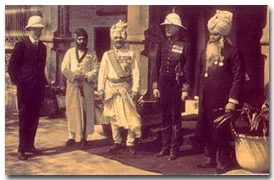
The Royal Family of Jodhpur
In the heart of Indian Royal Family , inside the magnificent Mehrangarh Fort, lies a small temple dedicated to Cheeria Nathji, the Lord of the Birds. This temple was built by the 15th Rathore ruler, Rao Jodha, in 1459, the same year he began construction of Mehrangarh and founded Jodhpur.
The story of Jodhpur’s origins begins with Cheeria Nathji, who lived as a hermit in solitude on the rock face of Bhakurcheeria, known as the Mountain of Birds. When Jodha’s masons disrupted his peaceful life, Cheeria Nathji cursed him, “Jodha, may your citadel always suffer from a scarcity of water.”
This curse was ominous, especially in the dry, inhospitable Marwar region. The Rathores, originally from eastern India, began their conquest of Marwar in 1226. By 1395, during the reign of Rao Chunda, the Rathores acquired Mandore, a historic city with roots in Hindu mythology.
The Rathores’ influence grew, and it was Rao Jodha who solidified their legacy by building Mehrangarh. He buried Rajiya Bambi alive during the fort’s construction, ensuring the site would be prosperous. Jodha kept his promise to Rajiya’s family, and his descendants continue to live on the estate today.
The one with the brutal heart
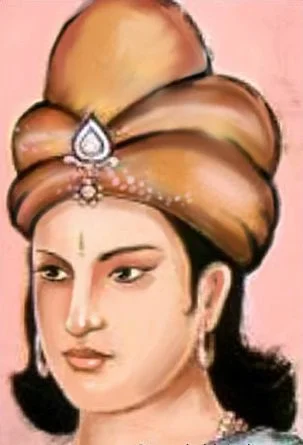
The Royal Family’s Cursed Past
The Wadiyar dynasty of Mysore experienced a rise to power after the murder of the king. The queen, in her grief, cursed the Wadiyars before taking her own life. Over time, the dynasty faced a downfall, but a statue of the queen was later installed in the palace, where it continues to be revered today.
The cursing tale
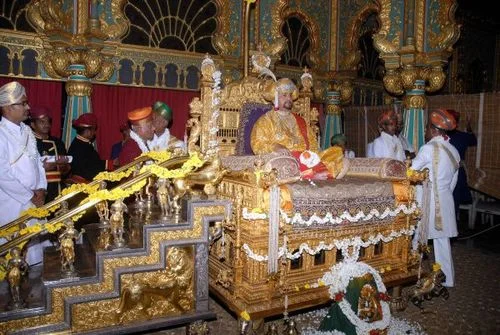
The Mysore empire was taken over by the Wadiyar dynasty after killing the king and soon they were cursed by that king’s queen before she committed suicide. It led to the downfall of the Wadiyar dynasty but later the statue of the dead queen was installed and worshiped. The statue is present in the palace to date.
Read More about Royal Life of Royal Families in Modern India




